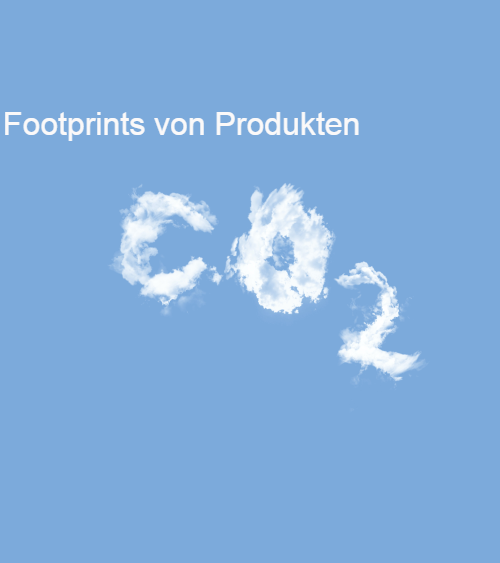
产品碳足迹(CFP)
获取符合您需求的报价
什么是产品碳足迹(CFP)?
碳足迹(CFP)量化了产品在其整个生命周期内直接和间接的温室气体(GHG)排放量,涵盖从原材料的开采和运输、制造、分销、使用到处置的全过程。碳足迹通常以千克二氧化碳当量来报告,这使得不同的温室气体(例如甲烷)能够在统一的基础上进行考量。碳足迹基于生命周期评估(LCA)的方法学。
产品碳足迹(CFP)的重要性
企业可以从产品碳足迹中获益的方式多种多样。产品碳足迹可用于可持续发展报告,例如在温室气体核算体系的范围 3 排放计算中,或作为自愿性气候保护计划的一部分,而且参与碳排放交易也是必须进行产品碳足迹核算的。
对产品进行碳足迹核算能够识别出具有成本效益的二氧化碳减排机会,并对温室气体排放进行管理。除此之外,根据碳足迹计算出的数值,还可以通过购买所谓的二氧化碳证书来支持补偿项目。这样既能为公司,也能为国际或地区的气候目标做出贡献。
CFP是如何创建的?
产品碳足迹(CFP)声明由我们的专家依据国际标准 ISO 14067 制定,该标准与国际生命周期评估标准(ISO 14040/14044)相衔接。一旦您选择我们作为可持续发展方面的合作伙伴,我们将安排一次启动会议,届时我们的专家将与您共同确定技术和组织框架。在此次会议中,将确定产品选择、生命周期阶段和系统边界。之后,数据收集阶段开始。您应根据我们的专家指示收集所有相关数据,并发送给我们的专家。凭借这些数据,他们能够进行生命周期评估(LCA),并创建环境产品声明(EPD)。在第二阶段,我们的专家将通过进行 LCA 计算您的产品的排放量。LCA 的结果将以kg CO2当量的形式给出,即碳足迹。凭借这些结果,您的 CFP 将得以创建。
企业碳足迹 Corporate Carbon Footprint
企业碳足迹(CCF)是可持续发展报告中的一项重要指标,有助于遵守诸如《企业可持续发展报告指令》(CSRD)等规定。它综合考虑了直接排放和间接排放,并依据《温室气体核算体系》和 ISO 14064 进行计算。通过计算并理解您的企业碳足迹,您可以发现具有成本效益的二氧化碳减排机会,并有效地管理温室气体风险。

生命周期评估(LCA)
生命周期评估用于量化流程、产品、服务或组织对环境的影响,通常作为其他可持续性应用(如环境产品声明、产品环境足迹和二氧化碳足迹)的基础。

使用 R<THINK 创建您的生命周期评估和环境产品声明
R<THINK is a software application that enables companies to create Life Cycle Assessments (LCA), Environmental Product Declarations (EPD), and Carbon Footprints of Products (CFP), efficiently and according to international and European standards. With R<THINK you can carry out project-specific calculations as well as calculate the environmental impact of your entire product portfolio.

环境产品声明(EPD)
正如在政治和社会领域一样,可持续发展成就在商业世界中也变得越来越重要。企业面临着了解其产品对环境影响的挑战,以便有效地进行沟通。环境产品声明(EPD)是实现这一目的的有力工具。

SEE 标准——矿物和金属行业的可持续发展标准
企业面临的可持续发展要求日益提高,这需要新的方法来客观衡量、验证或确认全球活跃企业的可持续发展表现。在矿物和金属行业,供应链尽职调查是实现预期可持续发展转型的关键要素。特别是在考虑到现有的和即将出台的有关企业供应链尽职调查的国家和欧洲指令的情况下,制定了矿物和金属行业的 SEE 标准。

可持续发展服务概况
Kiwa提供全面的可持续发展服务,涵盖环境影响量化、可持续产品与服务的认证,以及可持续性标准的开发与制定。作为可持续发展领域的专业服务机构,Kiwa致力于为各行业提供从环境绩效评估到特定产品和服务认证的一体化解决方案。

